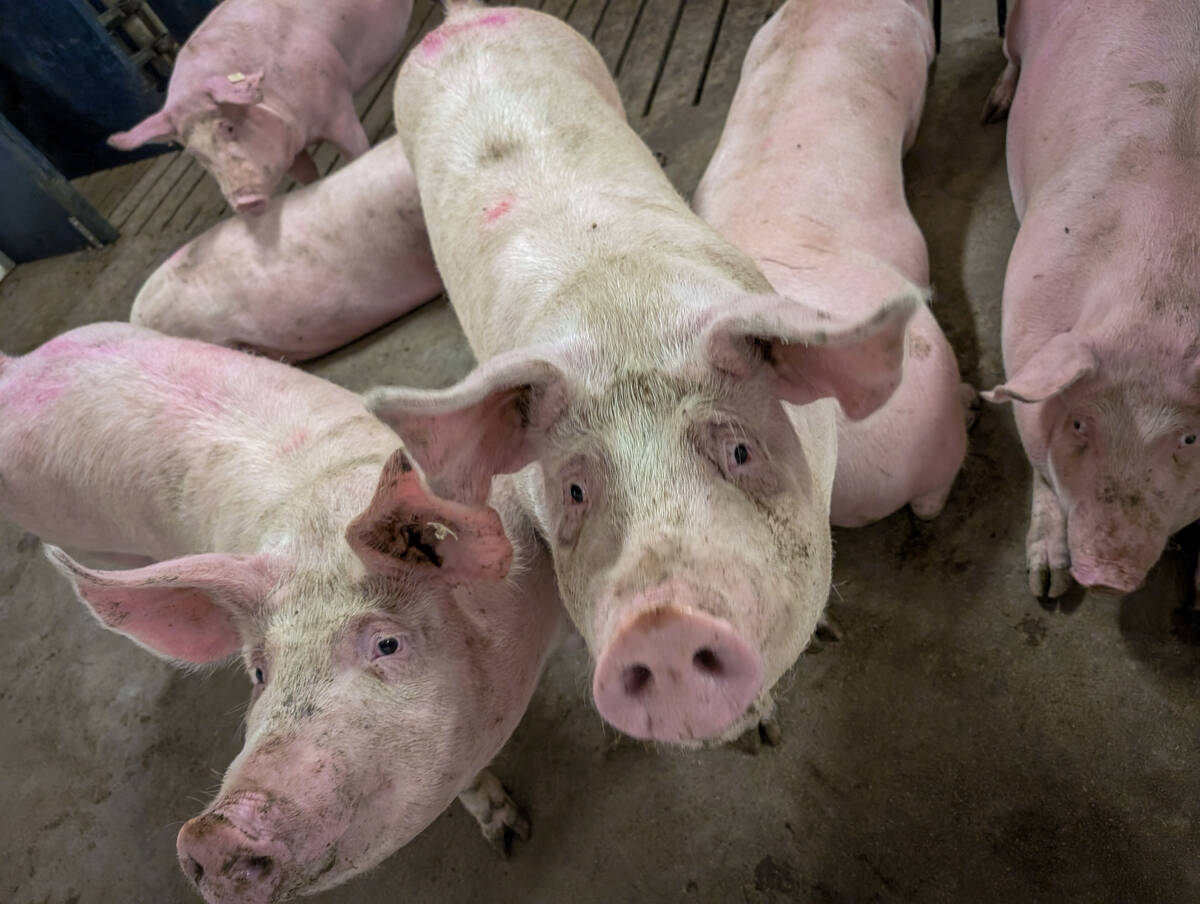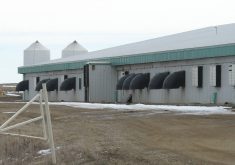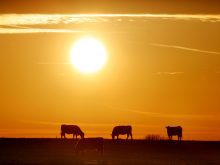Where will your farm be in 20 years? Who will be farming? Who will own the land? Most importantly, what are you doing today to make sure that this plan is sustainable?
In our Dec. 3 article, “Estate plan tips to recognize farming, non-farming kids,” we covered land planning from the parent’s perspective. In this article, we are focusing on future sustainability for the next generation of farmers.
For a succession plan to be sustainable, there are a few points to consider:
Read Also

Pork sector targets sustainability
Manitoba Pork has a new guiding document, entitled Building a Sustainable Future, outlining its sustainability goals for the years to come.
Is the farm profitable?
I once heard a joke that the best way to make a small fortune farming is starting out with a large fortune. In reality, to survive, the farm must turn a profit.
Do you know how much your farm made on an accrual basis in 2024? We recommend getting your books in order and working with your accountant so that you know if the farm is profitable.
If the farm doesn’t make money, will you have to subsidize the farm with off-farm income? This may not be sustainable for long-term work/life balance.
If the farm is profitable, are you making money?
Working for very little with the promise of “sweat equity” later can cause issues, especially if there is a dispute. Working for a fair market value wage can be a good start, but it is usually best for young farmers to build their own equity and experience.
We often recommend that young producers farm some land or have a few cattle on their own. The one potential issue with this is non-cash transactions and trades. For example, if parents are providing equipment for “free,” is this being taken into account? Should there be a payment for equipment use?
If the farm was profitable in the past, what does the future look like?
None of us knows for sure, but making a good plan and budget will help prepare. Do you have enough cash flow to fund the next growing season? If not, how will you finance the next crop? You can have millions in assets, but without cash flow, you will run into issues.
Unless grain prices improve, margins will be much tighter next year for grain farmers, and expenses are increasing. This requires making every dollar count. If you know that margins will be tighter, you can plan your spending with this in mind. Maybe a $100,000 new truck isn’t necessary. Can you make do with an old $15,000 truck instead?
Your parents may have a profitable farm, but if it needs to pay multiple generations or fair market value land rent, will the farm be profitable?
For young farmers, this is the best time to learn how to make a budget and plan for the next growing season, as well as long-term capital planning for future years.
Is your tax bill sustainable?
Many young farmers want to avoid tax at all costs. This involves deferring income, pre-buying and depreciating equipment. While this helps preserve cash flow, it is better to pay a little bit of tax over time rather than paying nothing and then running into issues.
The right tax bracket to target depends on how much profit you are making on an accrual basis.
If you are making money, using up the first personal tax bracket (up to $55,867 in 2024) takes advantage of the cheapest tax rate. If the farm is doing well and you are spending more personally, using up the second tax bracket (up to $111,733 in 2024) makes sense.
Not paying tax on $50,000 of profit each year, and deferring and pre-buying instead, can build into a $500,000 taxable income problem in 10 years.
What is the plan for land?
A farm needs a sustainable land base. If it isn’t sustainable, what can be done to either access more land or increase productivity on the existing land base?
There are many farming operations where middle-aged farmers don’t even own their own house or farmyard because it is still held by their parents. This isn’t sustainable.
There needs to be good plan in place so that the farm can continue. Clarity on where the land is going to be transferred or willed is very important. If land is going to non-farming siblings, a long-term rental agreement with a first right of refusal (potentially at a discount) is very important.
Are you prepared for death, disability, disagreement or divorce?
Death — Do you have a will? Is it up to date and does it address how the farm will go on after your passing?
Disability — Do you have disability insurance? What would happen to the farm if you were disabled?
Disagreement — Whether this is for rental contracts, land deals or estate planning, it is very important to get agreements in writing with dispute resolution mechanisms.
Divorce — Is an interspousal agreement (“pre-nup” or “post-nup”) necessary? Would your farm survive a divorce or would you be forced to sell it off?
We want to see the next generation of farmers successful in a sustainable way. This requires open communication to make a good plan so that the farm can succeed in the next 20 years.
Levi Derksen, CPA, CGA, is a senior manager in the Ag Team at Buckberger Baerg & Partners LLP in Saskatoon. He can be contacted at lderksen@bbllp.ca.

















